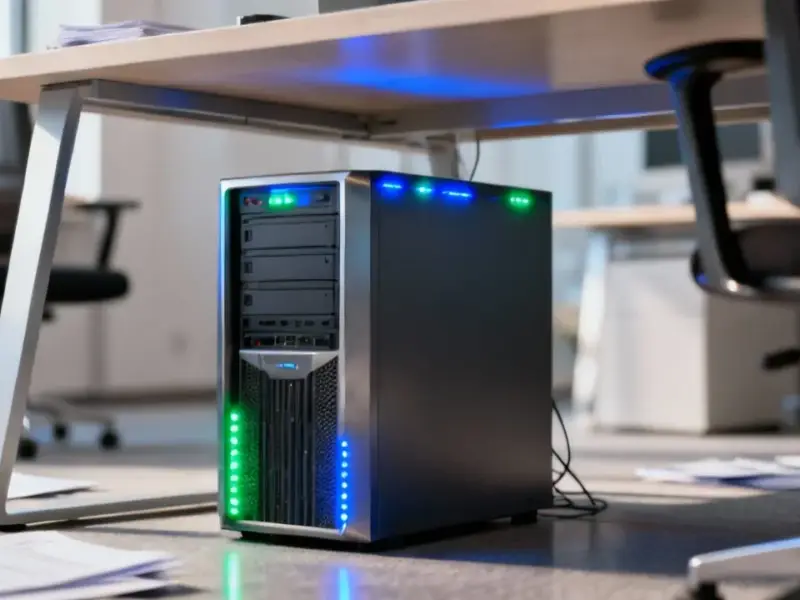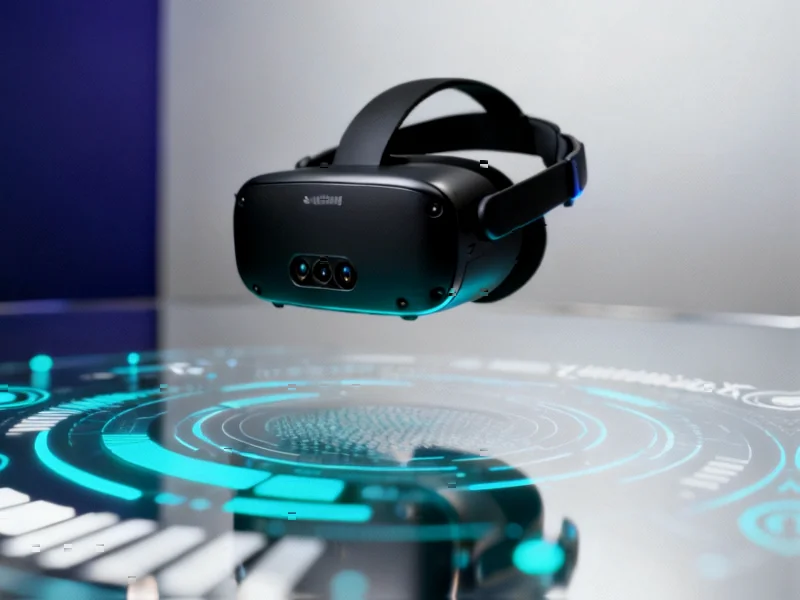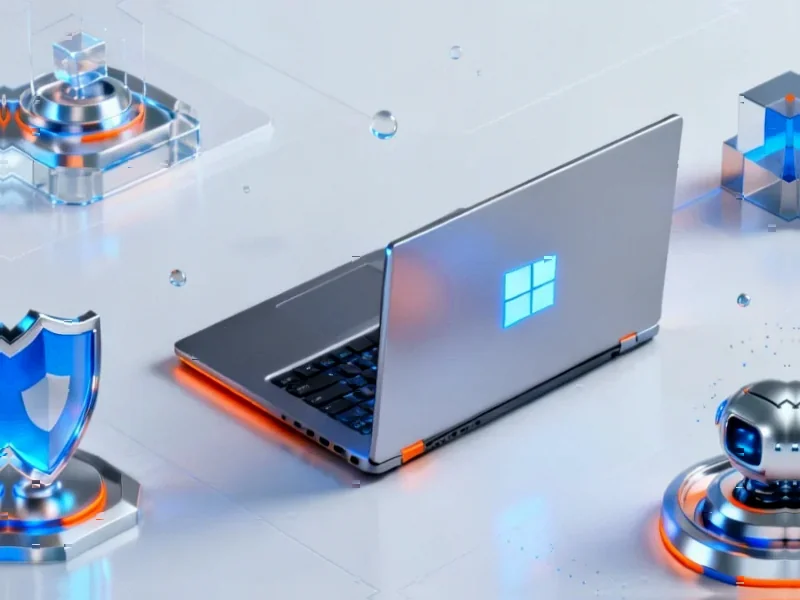According to TheRegister.com, Microsoft’s Windows 10 support ends in October 2025, forcing hundreds of millions of users to reconsider their hardware strategy. Arm is positioning itself as the efficient alternative, with over 900 native Windows applications already available including Slack, Spotify, WhatsApp, and Adobe Lightroom. The platform now delivers up to 22 hours of battery life and fanless designs thanks to Arm’s mobile heritage. Parag Beeraka, Arm’s senior director of consumer computing, reveals that Microsoft has been pushing ISVs toward Arm compatibility for three years in preparation for 2024’s product revamp. Real-world results show dramatic improvements, like Pieces for Developers cutting AI latency from 400ms to 143ms. Arm CEO Rene Haas has now committed to a dedicated PC product portfolio, with Microsoft remaining a key partner.
The quiet business revolution
Here’s the thing about Arm’s Windows push – it’s not really about competing with x86 on raw performance anymore. It’s about winning the efficiency argument at exactly the right moment. With Windows dominating nearly three quarters of desktop computers, Microsoft’s 2025 deadline creates the perfect forcing function. Businesses that would normally just refresh their Intel or AMD machines now have to actually think about their next move.
And the app ecosystem argument that used to kill Arm conversations? It’s basically gone. 900+ native apps covering 90% of user time means the compatibility gap has closed dramatically. We’re past the “will it run my software?” phase and into “how much better will it run?” territory. That’s a huge psychological shift for IT buyers.
Why developers are actually buying in
Look, porting applications between architectures has traditionally been a nightmare. But Arm and Microsoft have made it stupidly simple with their support services. The Arm Advisory Service provides code examples and conversion pathways that let companies like Opera complete builds in days instead of months. When you remove the friction, developers suddenly become very willing to optimize.
And here’s where it gets interesting for industrial applications – the same efficiency benefits that make Arm compelling for laptops also matter for specialized computing. Companies that need reliable, fanless systems with long battery life are exactly the market where Arm architecture shines. For businesses looking at industrial panel PCs, the efficiency argument becomes even more compelling when you’re dealing with 24/7 operation.
The security and flexibility play
Enterprise buyers are notoriously conservative, but Arm is checking all the right boxes. They’re meeting Microsoft’s security standards as baseline, which means IT departments don’t have to worry about compliance. And the wide OEM support means no vendor lock-in – you can get Arm devices across price points and form factors.
But the real killer feature? On-device AI. As businesses integrate AI into daily workflows, running models locally instead of in the cloud becomes crucial for latency and privacy. Arm’s architecture is inherently efficient for these workloads, whether you’re using Copilot or custom models. That 400ms to 143ms improvement Pieces saw? That’s the difference between AI feeling like a gimmick and feeling like magic.
Why now is different
We’ve heard the “year of Arm on desktop” story before. So what makes this time real? Two things: forced migration and proven results. The Windows 10 deadline creates urgency, while the 900+ native apps and real enterprise deployments provide evidence. This isn’t theoretical anymore – organizations are actually deploying these devices and seeing the battery life and performance benefits.
The roadmap is solid too. With a dedicated PC portfolio and Microsoft’s continued partnership, this isn’t some side project. It’s a strategic bet that’s aligning with where computing is actually going – more AI, more efficiency, less power consumption. For businesses planning multi-year deployments, Arm Windows devices suddenly look like a pretty smart hedge against the future.




